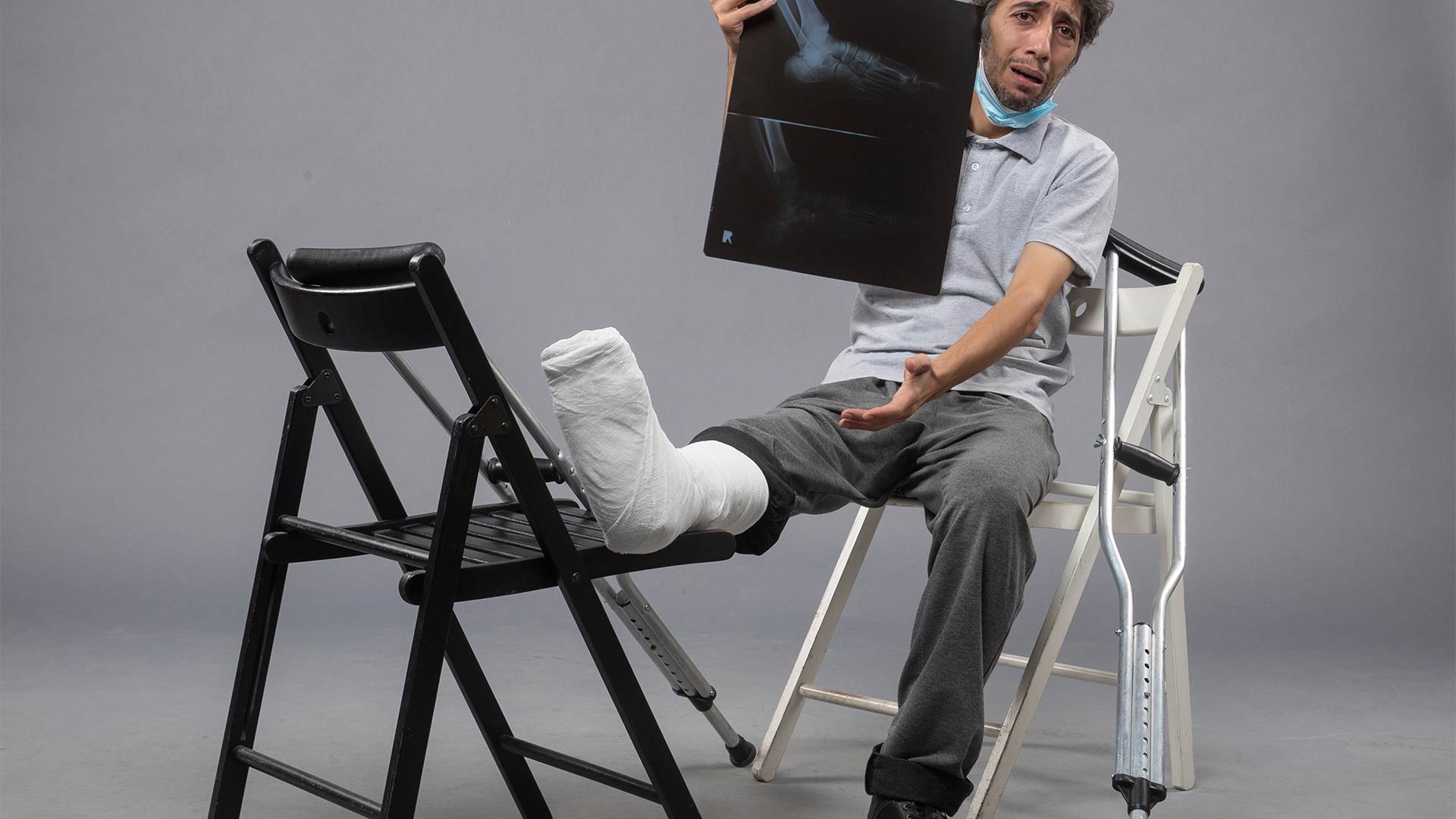Anyone can be injured in the line of duty regardless of the occupation. If this happens to you, you may be eligible to file a workers’ compensation claim for your employer’s insurance to cover your damages. But the first step to this is reporting the injury to your employer.
Here are four tips to guide you when reporting:
Report immediately
You should report a work injury immediately after it happens. This way, your employer can see your injury and the accident scene. If your injury is not apparent, such as a cut or bruise, perhaps you have back pains, you should report when you notice the symptoms.
Report the facts
When reporting a work injury, you should describe the facts clearly. These include:
- How the accident happened/what you were doing
- The accident scene
- The equipment/tool involved
- What you were wearing, especially if your job requires you to wear personal protective equipment (PPE)
- Injuries sustained
- Witnesses
These details can help your employer and their insurance company to obtain more information about the accident.
Write it down
After verbally reporting the accident, you should give your employer a written report, possibly after seeking medical help. The report should contain the same information you had told them. You should keep a copy of the written report.
Report to any senior
If your employer is not around, you should not postpone reporting until they are back. You can report the case to any senior, such as your supervisor. Telling your coworkers and getting medical care without the management’s knowledge may disadvantage you.
The above-discussed tips can help you when reporting a work-related injury. It will also be best to get legal guidance to understand the most appropriate moves to make.



